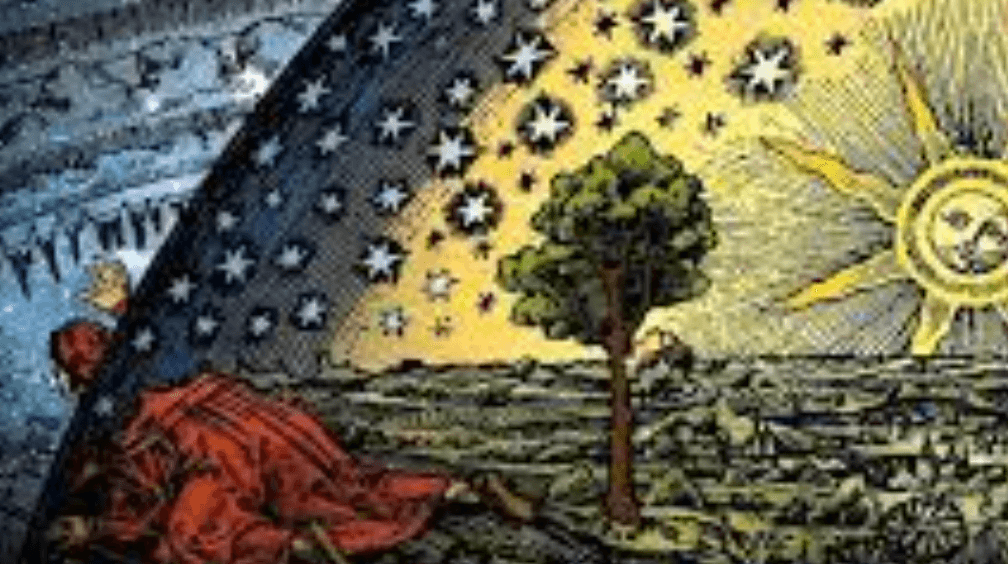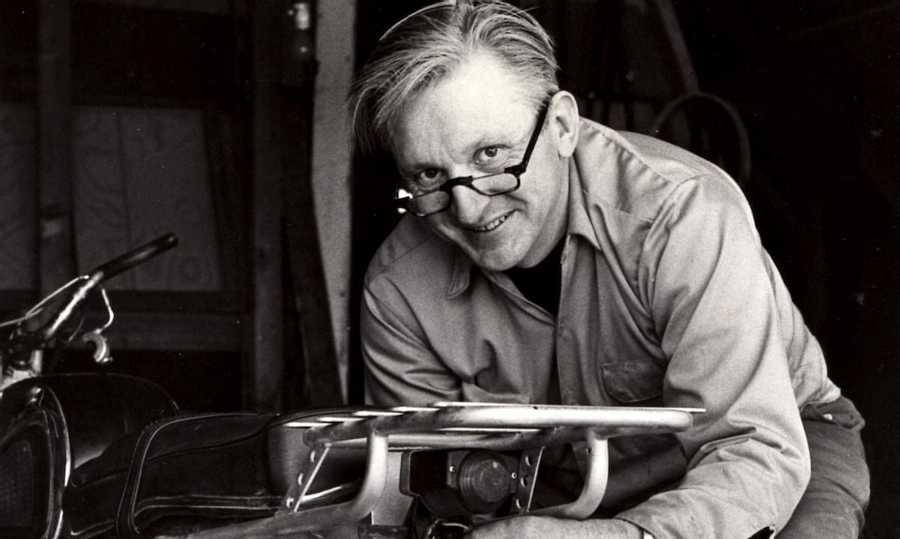Explore the World's Best Ideas
Join today and uncover 100+ curated journeys from 50+ topics. Unlock access to our mobile app with extensive features.
The story of Lila
Lila: An Inquiry into Morals (1991) is a continuation of Pirsig's Zen and the Art of Motorcycle Maintenance (1974). Phaedrus, the author's alter ego, spends his days on a boat working on philosophy. He meets Lila in a bar, has a one-night stand with her. A common friend challenges Phaedrus to explain why a woman like Lila has value.
This question and the events that follow serve as the background for Pirsing to describe The Metaphysics of Quality as a theory of reality: incorporating Sophism, East Asian & indigenous American philosophy.
11
135 reads
Metaphysics
Represents a collection of the most general statements of the hierarchy of thought. What Aristotel called the first philosophy. It deals with questions like:
- Are the objects we perceive real or illusory?
- Does reality exist outside of our consciousness? If so it is spiritual or material? Or both?
- Is the universe intelligible & orderly or incomprehensible & chaotic?
While a anticent part of philosophy, most scientist look at metaphysics as too mystical. As opposed to the hypothesis that natural science are an objective observation of reality.
8
71 reads
Quality Metaphysics
Pirsig postulates that everything that exists can be assumed to be a value or quality. "Quality" or "value" cannot be defined because it empirically precedes any intellectual construction of it, namely due to the fact that quality (as Pirsig explicitly defines it) exists always as a perceptual experience. The concept is very similar if not the same as the Tao from the Taoist or Zen traditions. Or God.
Quality can be broken down into 2 forms: static quality patterns (patterned) and dynamic quality (unpatterned).
7
65 reads
Static & Dynamic Quality
Dynamic quality cannot be defined. It can only be understood intellectually through the use of analogy.
When an aspect of Quality becomes repeated, it becomes static. Pirsig defines 'Static quality' patterns as everything which can be defined.
Everything found in a dictionary, for instance, is a static quality pattern.
8
61 reads
Dynamic Quality is the pre-intellectual cutting edge of reality, the source of all things, completely simple and always new.
ROBERT PIRSIG
8
51 reads
Without Dynamic Quality, the organism cannot grow.
Without Static Quality, the organism cannot last.
Both are needed.
ROBERT PIRSIG
7
62 reads
Static Quality Morality
Pirsig then divides static quality into inorganic, biological, social, and intellectual patterns, in ascending order of morality (based on evolutionary order):
- Inorganic patterns: non-living things
- Biological patterns: living things
- Social patterns: behaviors, habits, rituals, institutions.
- Intellectual patterns: ideas
Evolution thus is described as the moral progression of these patterns of value. For example, a biological pattern overcoming an inorganic pattern (e.g. bird flight which overcomes gravity) is a moral thing because a biological pattern is a higher form of evolution.
9
37 reads
Ideas are patterns of value. They are at a higher level of evolution than social patterns of value.
Just as it is more moral for a doctor to kill a germ than a patient, so it is more moral for an idea to kill a society than it is for a society to kill an idea.
ROBERT PIRSIG
9
53 reads
Write things down to forget them
In the book, the main character had his ideas written down on slips of paper. As he recalls "the main purpose of the slips was not to help him remember. It was to help him forget it."
The analogy he used is that of a 🍵 tea cup. To pour new tea you have to get rid of old tea. Your head is just like a cup. It has limited capacity.
10
55 reads
IDEAS CURATED BY
Life-long learner. Passionate about leadership, entrepreneurship, philosophy, Buddhism & SF. Founder @deepstash.
Vladimir Oane's ideas are part of this journey:
Learn more about philosophy with this collection
The historical significance of urban centers
The impact of cultural and technological advances
The role of urban centers in shaping society
Related collections
Discover Key Ideas from Books on Similar Topics
6 ideas
The Betrayals
Bridget Collins
1 idea
Read & Learn
20x Faster
without
deepstash
with
deepstash
with
deepstash
Personalized microlearning
—
100+ Learning Journeys
—
Access to 200,000+ ideas
—
Access to the mobile app
—
Unlimited idea saving
—
—
Unlimited history
—
—
Unlimited listening to ideas
—
—
Downloading & offline access
—
—
Supercharge your mind with one idea per day
Enter your email and spend 1 minute every day to learn something new.
I agree to receive email updates






